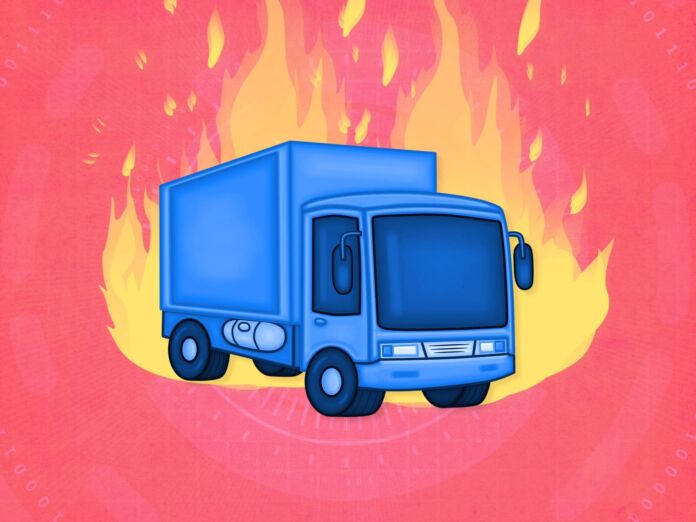
Heat mitigation for last-mile delivery drivers has become a hot priority (pun intended). Temperatures rising above 100° with even mild humidity (see heat index) can cause serious fatigue, dehydration, heat stroke, and even death. Over 50 percent of the U.S. experiences these conditions every year.
Last-mile delivery is the final leg of the supply chain, which is the process of getting goods from the manufacturer to the customer’s doorstep. It is the most expensive and time-consuming part of the delivery process. It is also the most important part in terms of customer satisfaction. And now, it is becoming more dangerous. Extreme heat is now the major challenge in the fast-growing last-mile delivery sector.
“Extreme heat is now the major challenge in the fast-growing last-mile delivery sector.”
How to Mitigate Heat
There are a number of ways to mitigate heat in delivery trucks, including: installing insulation, using window tinting, adding fans, painting the roof white, providing drivers with cooling vests, offering breaks in air-conditioned locations, and more. Research has shown that to avoid health and safety risks for drivers these measures are insufficient. Adding cooling to the cargo area in the delivery vans is necessary (driver cabin AC is not enough).
Adding an IoT intelligence system ensures visibility of heat-related safety and health risks and enables avoidance of bad outcomes and improved compliance reporting. Fleet operators can see, in real-time, the heat statistics and other operating data to know when to intervene. Recent news events suggest that this could be a life-saving addition. Fleet operators need to focus on heat mitigation as a hugely important part of last-mile delivery. By taking steps to mitigate heat, businesses can improve safety, efficiency, and customer satisfaction.
IoT Heat Control Benefits for Last-Mile Delivery
Here are some of the obvious benefits of using IoT to control air conditioning and related cooling features:
- Monitor to ensure drivers properly set air conditioning controls.
- Allow drivers to generally stay cool and comfortable, which can help to improve their alertness and focus.
- Help to prevent heat stroke and other heat-related illnesses.
- Help to improve customer satisfaction by providing a more comfortable and relaxed delivery experience.
- Protect goods from damage/spoilage caused by heat.
Adding IoT central control is basically the final layer to ensure proper monitoring and management of onboard air temperature. Then, when the situation is getting dangerous and the driver or even automatic controls may fail to properly react, actionable alerts can be sounded. This allows businesses to better control the cooling systems in their delivery trucks, which will help address the many situations listed above. It might even lower insurance costs.
A Valuable Tool
IoT and its ability to remotely monitor and control air conditioning is a valuable tool for delivery businesses that want to mitigate heat and cold-related issues in their delivery trucks, especially in last-mile delivery. It can help to improve safety, efficiency, cargo quality, and customer satisfaction. And even avoid those periodic tragedies. Such IoT sensing devices and cellular gateways are available today and being tested and deployed by fleet delivery services.
Extreme heat causes unsafe conditions for last-mile delivery drivers in over 50 percent of the U.S. each year. Without the addition of supplemental air conditioning and remote intelligence systems, it is impossible to safeguard driver health, mitigate risk, and meet compliance requirements.
By Eric Collins, CEO of Montage Connect and Joe Barrett, CRO of Montage Connect
Tweet
Share
Share
- Asset Tracking
- Fleet Management
- Freight and Package Tracking
- People Tracking
- Remote Management
- Asset Tracking
- Fleet Management
- Freight and Package Tracking
- People Tracking
- Remote Management
